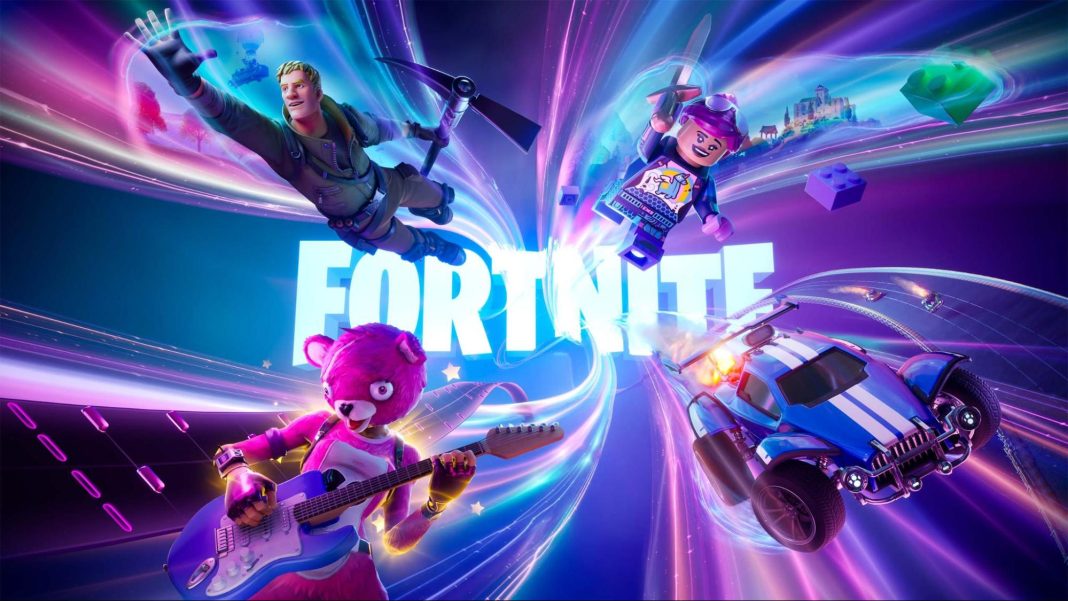To understand how the entertainment industry has gotten here, it’s probably good to understand the “Software as a Service”, or SaaS model, which effectively became one of the largest technological business advancements in IT.
This structure, first popularized by the company Salesforce, is based on a very basic principle: to unburden yourself/your business by reducing the stress that comes with the cost of ownership. How it does this is by utilizing a cloud-based service to customize your informational needs. Rather than running costly data servers and risking innovative new products to market for sale every year, the user could access everything that a suite had to offer in a one-stop shop customized to their needs. For example, at one point, Adobe Photoshop was a separate program before becoming Adobe Creative Cloud. Microsoft Word was the standard word processor for decades before requiring a subscription service to Microsoft 365.
It’s a highly profitable business model because its users are no longer investing in an individual product, but rather, relying on a company for digital and on-demand goods or services. Rather than buying a singular purchase, you had users invest in a yearly cost of using an ecosystem. One that contained the product needed in itself.
By all means, SaaS is a great method of staying efficient and lowering overhead costs so long as subscription costs remain reasonable and the user base kept on growing. Yet this method of doing business also comes with a caveat: a lack of ownership, essentially creating a relationship of co-dependence with a company.
SaaS as a business strategy marked the basis of the streaming industry. It was the very same model Netflix capitalized on that put it on the map through its highly celebrated ecosystem—a place where you can watch the latest in entertainment along with its original programming on the cheap.
The cost was in giving up ownership of the piece of digital entertainment you were consuming. The product wasn’t, say, owning your favorite season of The Office on DVD, but rather, a subscription to access a digital space to watch every season at very low costs – assumedly forever.
To distinguish itself from its competitors with similar services such as Hulu, Netflix began its first foray into creating original content in 2013. In those days, Netflix was also at an advantage as they could showcase a product without the fear of Nielson ratings hurting their revenue because there were no ads. There were also no bars of censorship at the time and so they could try just about anything. Which made it standout as the streamer of endless possibilities. A disrupter of how movies and shows were made in the industry.
This led to a large era of overly greenlit projects that most associate the streamer with, including a couple of successful hit comics adaptations such as the original Marvel run of Daredevil in 2015 (and their subsequent universe), and later, numerous well-received adaptations viewers hadn’t realized were comics. Shows such as The Old Guard, The Chilling Adventures of Sabrina, and even, The End of The F***ing World.
Fast forward just a few years and by 2016, the hype about streaming blew up everywhere, especially looking at Netflix’s unprecedented rate of subscriber growth. It was a business move that was highly valued in the tech space given the history of seeing companies earn billions by prioritizing long-term growth over profitability by giants such as Amazon, and without getting too into it, became the basis of many ecosystems regarding what subscription services are aiming for today.
You’ve more than likely been a SaaS user if you’ve ever engaged with services such as Spotify, Shopify, Zoom, Google Docs, Asana, or even Microsoft Teams. Even ride-sharing apps and delivery services like Uber are considered hybrids of the SaaS model (the app providing you a service, sometimes at a yearly cost) integrating with the real world (the delivery or ride).
Now, all of these subscriptions have become major profit drivers for most of corporate America. They were seen as justified, so long as you can grow the customer base and keep clients happy and willing to spend on the product.
Where is this all going? Well, over the past decade, this model became what the entertainment sector is turned into, as more companies tried to copy tech companies’ methods and rate of growth, all by adapting subscription models. Especially during the pandemic. Showtime launched its streaming service in 2015. Apple TV and Disney+ in 2019. Peacock in 2020. Both Discovery and Paramount+ in 2021. Finally, Max launched in 2023 though had already been a streaming service since HBO GO in 2010 (and had become a more extensive library of Warner content as HBO Max in 2020, just as Covid was hitting.)
What’s shocking is these aren’t even the biggest players in the space. As mentioned, Webtoons was globally released in 2014 and has become one of the fastest-growing subscription-based companies witnessed in history. Audible has grown and the overall usage of audiobooks have more than doubled in use over the past ten years. YouTube, the largest and most successful of all streaming services, has grown its user base by 2 billion in 10 years. For context, that’s 1 out of every 4 people in the entire world, as there are only 8 billion people on the planet.
What I’m trying to convey here is that in the past decade, our attention spans have become all but eliminated in an oversaturation in entertainment environment. There is more content than ever before in human history and so far, there seems to be no signs of stopping. Atop of this, we also now have content creators who have become an industry on its own entirely, and with it, social media and TikTok stars as also a means of entertainment.
As someone who’s covered not just the comics space these past 6 years, but also, the TV, film, and video game spaces – I’ll gladly admit our attention spans (especially my own) are unbelievably stretched thin, which is absolutely why everyone is hitting the panic button today.
“We earn consumer screen time, both mobile and television, away from a very broad set of competitors. We compete with (and lose to) Fortnite more than HBO.” – Reed Hastings, Netflix CEO during a 2019 financial call.
We are now in an era where attention has become an economy with time being seen as the currency. Television series are competing with video games which are competing with, you guessed it, comic books, as there is too much pop culture to keep up with and the water cooler topics of yore are about as divided as our stance on political affiliations.
We complain that the Big Two (Marvel and DC) have become IP farms and yet these very ideas, these stories meant to cater to all these unique voices today, are in almost everything that we do. If you want to know why it is you feel comics are supposedly declining (despite again, evidence that says the contrary), you should probably start looking at all of entertainment. All of it feels like its consolidating. Everything is stretched thin for our attention.
Let’s Look at Gaming
Video games are the largest growth sector in entertainment and the one thing it looks like Generation Z spends more money and time on. About half of this is predicated on the mobile gaming market, an ecosphere that is highly accessible, addictively profitable, and has a shockingly small amount of competition given how much money it makes.
This is why you’re seeing things such as Netflix releasing games to coincide with its app, the New York Times purchasing Wordle, or Apple releasing its Arcade along with a free trial for three months, much like their streaming services. The money is there and this is arguably going to be the next streaming wars – with Microsoft Gamepass leading the forefront, especially after the purchase of Activision Blizzard, a major player in the mobile gaming market.
Still, the biggest winners and perhaps the only thing that may supplant the superhero genre as the next big moneymaking thing – is video game adaptations. There have been a lot of hit movies from Detective Pikachu to Sonic the Hedgehog, and even more recently, the Super Mario Brothers movie. Not even including long-running franchise darlings in the Tomb Raider, Mortal Kombat, and Resident Evil movie franchises. Then you have Academy Award-winning Neil Blomkamp who had just directed the movie adaptation of the videogame Gran Turismo, and even the Xbox signature video game Halo, whose second season will come out on Paramount Plus in a few days.
In fact on TV, video game adaptations are showing signs of being in a golden age. On Netflix you have Arcane, Cyberpunk: Edgerunners, and Castlevania, each of which may be the greatest video game adaptations ever created for animated TV. Then of course there is the TV show that put gaming adaptations on the map in current pop culture, The Last of Us, whose beloved story and season is proving that not only is this strategy solid but it’s proven helpful to both verticals.
Umbrella Academy showrunner Steve Blackman will be moving on to the Horizon Zero Dawn series next on Netflix. Netflix will also be the host of the Bioshock TV series. If that wasn’t all, Fallout, Tomb Raider, God of War, and Life is Strange, all respectable mega gaming franchise on their own, will each be seeing their TV debut on Prime.
What else do all of these video games have in common besides them becoming the next big adapted series for streaming? They all have pretty great comic books as well. This is the type of cross-pollination of exactly where the industry is going – ideas that become multiple products from comics to books, video games, and TV.
[In part 3 we look at Disney, WBD, and Netflix, with a surprising look at what people are spending their time on]












